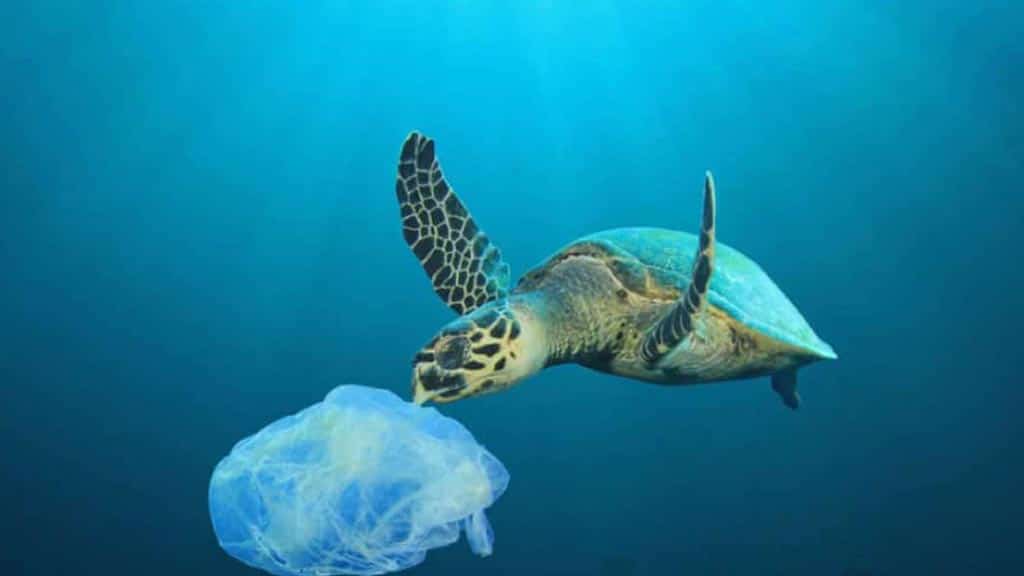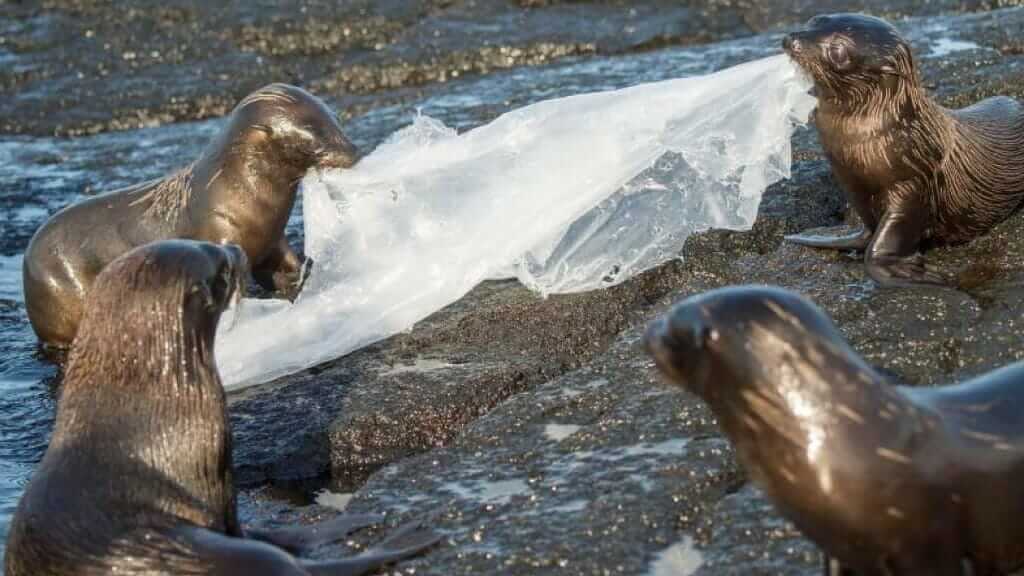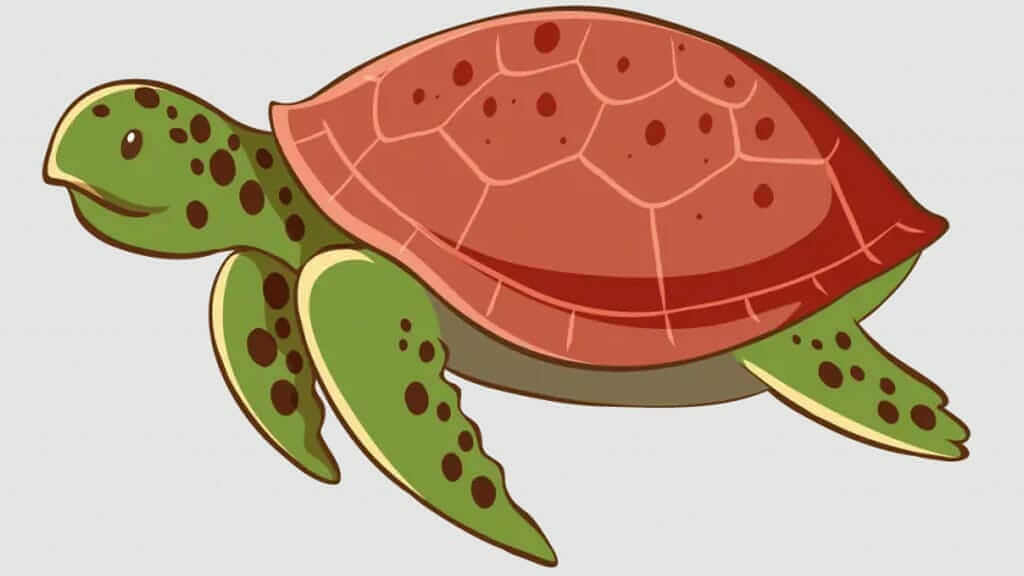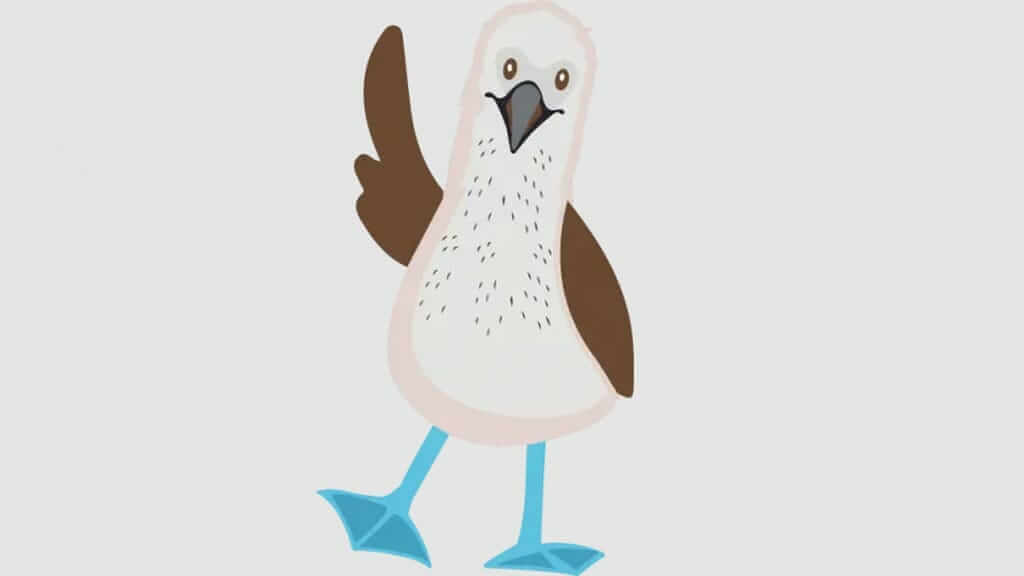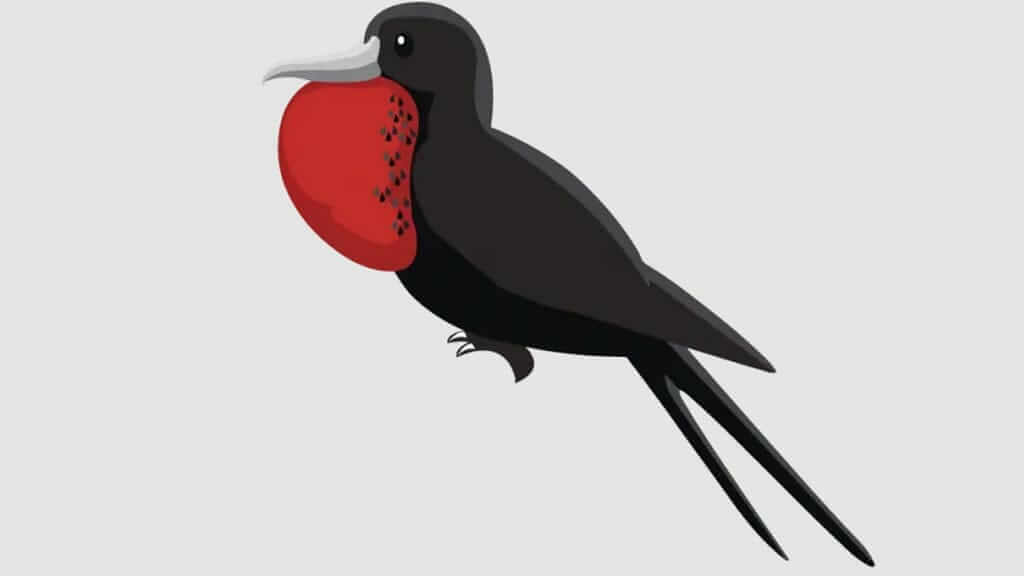Plastic Free Galapagos Islands
The Galapagos Islands are one of the most emblematic natural places on the planet, recognized for biodiversity of unique flora and fauna. The Galapagos Marine Reserve is protected, but even this pristine and natural paradise can be susceptible to plastic waste pollution. The good news is that conservation and clean-up efforts do make a big difference, including the famous Plastic Free Galapagos campaign.
Keep reading to learn more about the Galapagos plastic pollution problem. How does plastic waste affect Galapagos animals? What conservation projects are working to fix the problem? What is Happy Gringo doing to support a Plastic Free Galapagos?
SECURE YOUR GALAPAGOS TRAVEL
Get a FREE personalised quote todayHappy travels equals no plastic
Why did we decide to create our Plastic Free Galapagos campaign?
Since May 2018 the local Galapagos authorities have phased out the use of plastics. This includes plastic bottles, single-use plastic bags, plastic straws, and containers at the Galapagos islands. This is a wonderful first step in creating a plastic-free Galapagos, but many travelers are still unaware of these measures.
Happy Gringo’s idea for the campaign #HappyTravelsNoPlastic was born to support the ecological movement at the Galapagos Islands. We help to send a large volume of tourists to the islands each year, and would like to ensure that those visits do not harm the natural environment. It's also a fun way in which tourists can easily get involved in supporting Galapagos conservation.
We believe that the first step to conserve the delicate Galapagos habitat, and protect the emblematic animals of the islands is to raise awareness.
What is the#HappyTravelsNoPlastic Campaign?
Plastic bottles at Galapagos are a big problem. Tourists buy multiple small water bottles each day to quench their thirst, but plastic waste is not always discarded responsibly.
Did you know, by making use of a single refillable water bottle for just one year, you alone can reduce the production of 1,460 plastic bottles! Just imagine the difference across the globe if we all followed this example.
So, Happy Gringo decided to create a reusable Galapagos themed water bottle. Every Happy Gringo client on one of our Galapagos Land Tours receives a bottle as a free gift from us. Galapagos Hotels have water refill stations, so now Happy Gringo travelers can conveniently and easily support the Galapagos No Plastics campaign each time they get thirsty.
To make the bottles stylish and attractive, we used several iconic animals in our unique designs – a Sea Turtle, a Blue-footed Booby, and a Frigate Bird. Each of these beautiful animals is adversely affected by plastic waste, so the designs themselves serve as a reminder and motivation to reuse the bottles.
The bottles are metallic, so they keep your water cool and fresh under the hot Galapagos sun. Plus, it's a great souvenir that you can take back home to use there too. We encourage you to explain and demonstrate the campaign to your friends to help spread the word.
How can you help us to spread the word?
It´s time to make a difference! Join our campaign today.
Here are two easy ways that YOU can help right now:
- If you already have one of our bottles: Take a photo of your bottle in a Galapagos landscape, and upload it to your social media networks with the hashtag #HappyTravelsNoPlastic, to help us create awareness of the campaign.
- Otherwise just sharing this blog post, or using the same hashtag on social media will help us to get the word out.
GET FREE ADVICE
From a Galapagos destination expert todayGalapagos Islands Pollution - the effects of plastic in the ecosystem
Just in case anybody needs more motivation, here are some statistics about the scope of the Galapagos plastic pollution problem…
A remarkable 22 tons of waste was collected from Galapagos beaches of during cleaning days in 2019, of which more than 90% was plastic. In fact, there was no single place in the Galapagos that was free of plastic - macro and microplastic were found on 13 islands and 30 different visitor sites, both in the sea and on the beaches.
The volume of plastic waste that ends up in the ocean is alarming, and the consequences on marine life are becoming increasingly evident. Sea lions get tangled in fishing nets, sea turtles confuse plastic bags with tasty jellyfish, bird nests are made with plastic fibers, and fish eat microplastics.
According to the Ocean Conservancy, plastic has been found in more than 60% of all seabirds, and 100% of sea turtle species. At this time, at least 18 species have been recorded in the Galapagos as either being entangled by or having ingested plastic.
It's not too late. We need to be aware of the damage that we cause to the environment, and take positive action to return Galapagos to it's pristine state. The Galapagos Conservation Trust and other parties have performed successful Galapagos clean-up projects. Now it's down to us to maintain a plastic free Galapagos!
Our galapagos animal friends are suffering – they need our help
Charles – The Galapagos Green Sea Turtle
I live in the Galapagos Islands. I am friends with most of the animals in the ocean. I have been noticing that many people are littering the beaches. The tide drags the plastics and takes them to the deepest part of the sea. Sometimes my marine friends play with these plastics, it may seem funny but soon after they start feeling bad. Especially my younger offspring who think it’s food.
Arlo – The Blue Footed Boobie
I live on North Seymour Island at Galapagos. I build my nest near the beaches, and I have noticed that lately my blue feet have turned a dark color. This happens when I walk through the plastic entangled in the plants near the ocean. People come to see me because of the color of my beautiful feet, so I don’t want to lose that.
Lily – The Great Frigate Bird
I live on the island of San Cristobal. For years I’ve seen how humans have been deteriorating my island with garbage. My Friends, the other frigates, sometimes confuse the plastics with food, and soon after they become sick. I don’t want to lose more friends.
If you would like more information about supporting our campaign, please write to pamela@happygringo.com
Book With The #1 Trusted
Galapagos Travel Agency
As you can see plastic pollution in the Galapagos islands is an important issue. If we do not become more aware of the problems that out plastic waste causes to the Galapagos wildlife and habitat then we run the risk of causing irreversible damage. The plastic free Galapagos campaign is a positive first step; we hope you'll join us in supporting an end to Galapagos plastic pollution.

